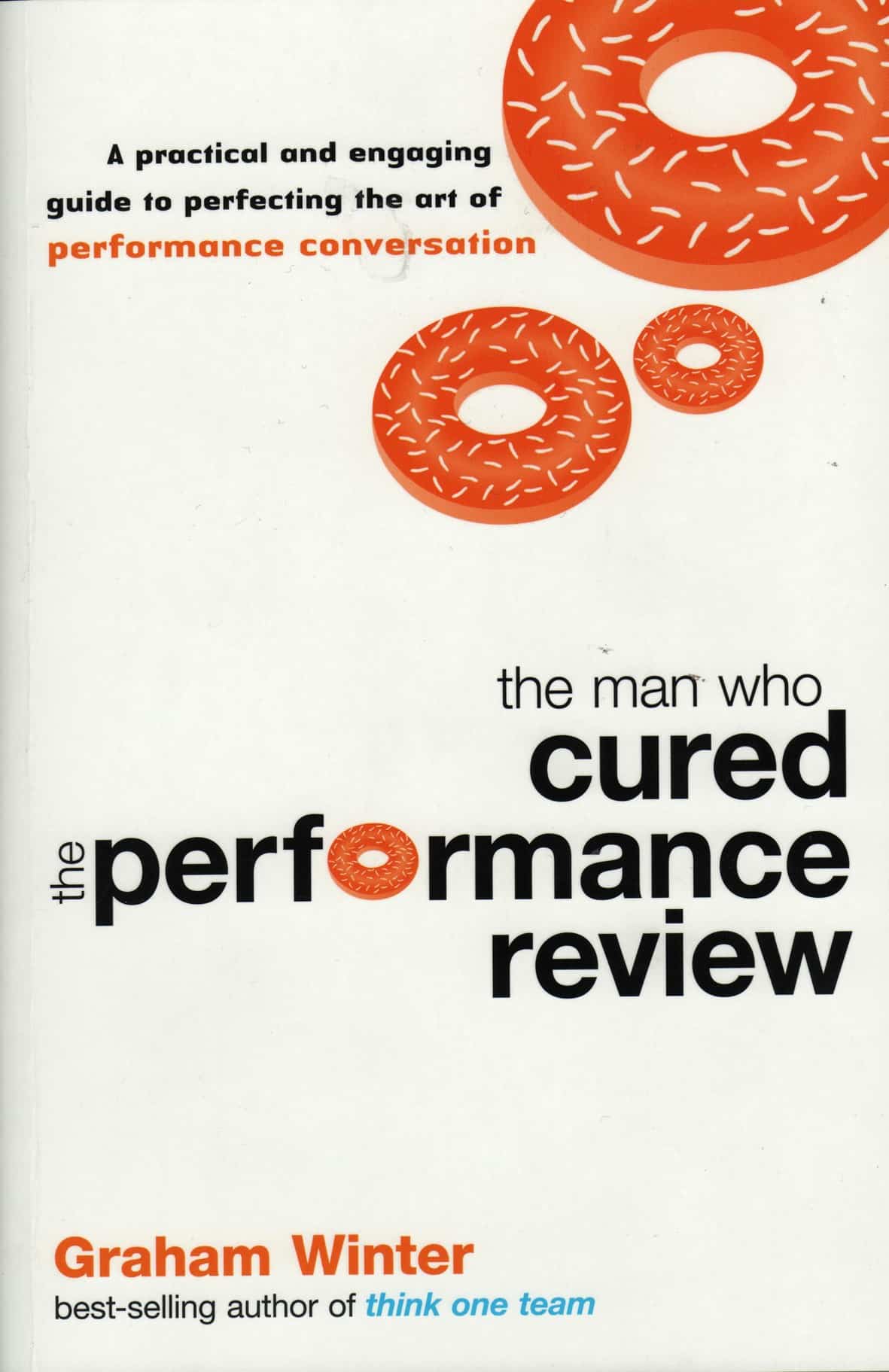Today, 1,500 union health and safety representatives attended a one-day seminar in Melbourne concerning occupational health and safety. The seminars were supported by a range of information booths on issues from support on workplace death, legal advice, superannuation and individual union services.
Kevin Jones, the editor of SafetyAtWorkBlog took the opportunity to chat with a couple of people on the booths about OHS generally and what their thoughts were on workplace safety.
The latest SafetyAtWork Podcast includes discussions with the Asbestos Information and Support Services, the AMWU and TWU.
The podcast can be downloaded HERE



 Kathleen’s career may have progressed (as probably has her tan) but the hazards and control solutions that we discussed in 2001, sadly remain relevant. I have reproduced some of the interview I conducted with Kathleen in those early days when no-lift policies were radical and patient-handling equipment was expensive and rare.
Kathleen’s career may have progressed (as probably has her tan) but the hazards and control solutions that we discussed in 2001, sadly remain relevant. I have reproduced some of the interview I conducted with Kathleen in those early days when no-lift policies were radical and patient-handling equipment was expensive and rare. PG: This is a real fascination for us. We first came across workplace safety as a major issue for one of our clients, DuPont, where safety culture is so embedded in their business that you can’t walk into their offices without picking it up. We realised that, as sustainability experts, we had hardly ever come across that issue. The people who talk about sustainability also talk about corporate social responsibility, human rights in developing countries, climate change, biotechnology, ethics, every issue you could think of but they very rarely, except in a token way, talk about workplace safety.
PG: This is a real fascination for us. We first came across workplace safety as a major issue for one of our clients, DuPont, where safety culture is so embedded in their business that you can’t walk into their offices without picking it up. We realised that, as sustainability experts, we had hardly ever come across that issue. The people who talk about sustainability also talk about corporate social responsibility, human rights in developing countries, climate change, biotechnology, ethics, every issue you could think of but they very rarely, except in a token way, talk about workplace safety.

 who was the chief psychologist for the Australian Olympic team and is now an author and business adviser. In August 2009 he has a book released entitled “The Man Who Cured the Performance Review”.
who was the chief psychologist for the Australian Olympic team and is now an author and business adviser. In August 2009 he has a book released entitled “The Man Who Cured the Performance Review”.